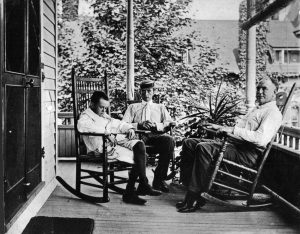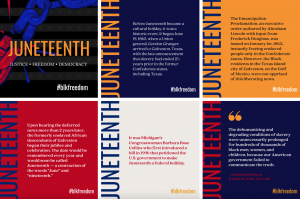
As we enter another busy holiday season and close out 2022, many museums and non-profits are engaging in special fundraising projects to increase end-of-year giving. Among these development strategies is one that many museum professionals have come to know and even fear: the annual gala.
Fundraising galas, most popular during the period between Memorial Day and Labor Day, are one of the most popular and commonly used high-yield development projects. A well-executed gala not only brings in significant income—it also attracts media and drives public interest in the museum or charity hosting the event. Many of these events, such as the notorious Met Gala, are synonymous with wealth and popularity, but are they effective in creating economic stability for the host institution? It’s a complicated issue over which development and museum professionals are divided.
One could describe them the same way Winston Churchill famously described democracy: the worst option, except for all the other options that have been tried before.
Taylor Dafoe, ArtNET
Galas clearly create economic opportunities for those participating. During gala season, event planning agencies, furniture rentals, event venues, caterers, and entertainers experience a significance increase in business. Many museums and non-profits lack the operating capacity to achieve an event of such scope with their in-house resources, so they seek out community partners to pull of these fundraisers. This creates fantastic opportunities for collaboration, but often stretches the financial limits of the fundraising institution.

Best fundraising tactics stipulate that the cost for executing a gala should not exceed 30% of the income generated by the event; however, this is a budgeting goal that is oftentimes unrealistic, especially for nascent and small organizations. Galas come at a staggering cost to plan—a study for ArtNet reveals that some museums’ gala budgets exceed the total income brought in by their yearly admission sales. This ratchets pressure for museum staff to plan and execute an event that will surpass the steep investment.
Not only is the stress of planning a successful event a considerable burden for museum staff—it also often precludes them from completing their typical professional duties. This is especially true for smaller organizations, as development departments often cease other projects in the months leading up to the gala in order to complete the rigorous planning process. As seasoned fundraising professionals note, this can considerably negatively impact a museum’s overall fundraising success by derailing other significant revenue-generating projects.

In addition to apprehensions regarding the fundraising efficacy of galas, some professionals note the ethical dilemmas of such projects. Academics Philip Hackney and Brian Middendorf reveal that galas can potentially contradict the intentions and missions of the non-profit institution. Because these celebrations often focus on grand gestures of decadence, they may not represent the non-profit’s philanthropic values. This may be especially relevant for nonprofits dedicated to serving an economically disadvantaged population.
In light of these arguments against the traditional gala fundraising model, some alternatives may point towards a more sustainable future. The COVID-19 pandemic forced many museums to forgo their annual in-person galas. Some institutions opted to host virtual events. While these events typically worked towards a reduced fundraising goal, the virtual nature also decreased overhead costs. Some nonprofits like St. Jude Children’s Research Hospital also produce “no-go” galas, sponsored events with no in-person party. As fundraising professionals recognize, annual galas are attractive because of their abilities to drive large donations; however, museums can work towards this goal with other major gift campaigns that may require less investment of limited resources.
Overall, galas are a recognizable form of fundraising that increases visibility in the public eye and introduces museums to potential repeat donors. Museums should exercise caution, however, before pursuing such an event. Fundraising professionals recommend museums consult their boards and operations staff to determine feasibility and goals for such an involved project.
SOURCES:
- https://news.artnet.com/art-world/galas-always-inefficient-form-fundraising-will-moment-yield-new-model-1869846
- https://slate.com/business/2018/05/the-met-gala-and-others-are-good-business-for-charities.html
- https://medium.com/8-million-stories/museums-turn-to-virtual-galas-to-fill-critical-fundraising-gaps-e0fb21fde342
- https://theconversation.com/let-them-eat-caviar-when-charity-galas-waste-money-82961
- https://veritusgroup.com/a-gala-is-not-philanthropy/
Article by Danielle Maurer
MA Candidate: History and Museum Studies
Tufts University












